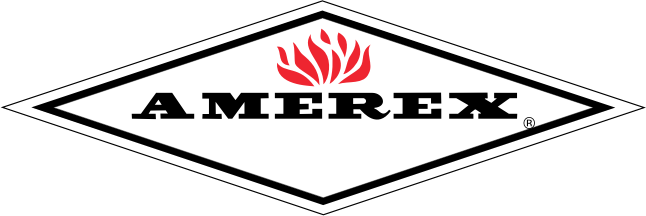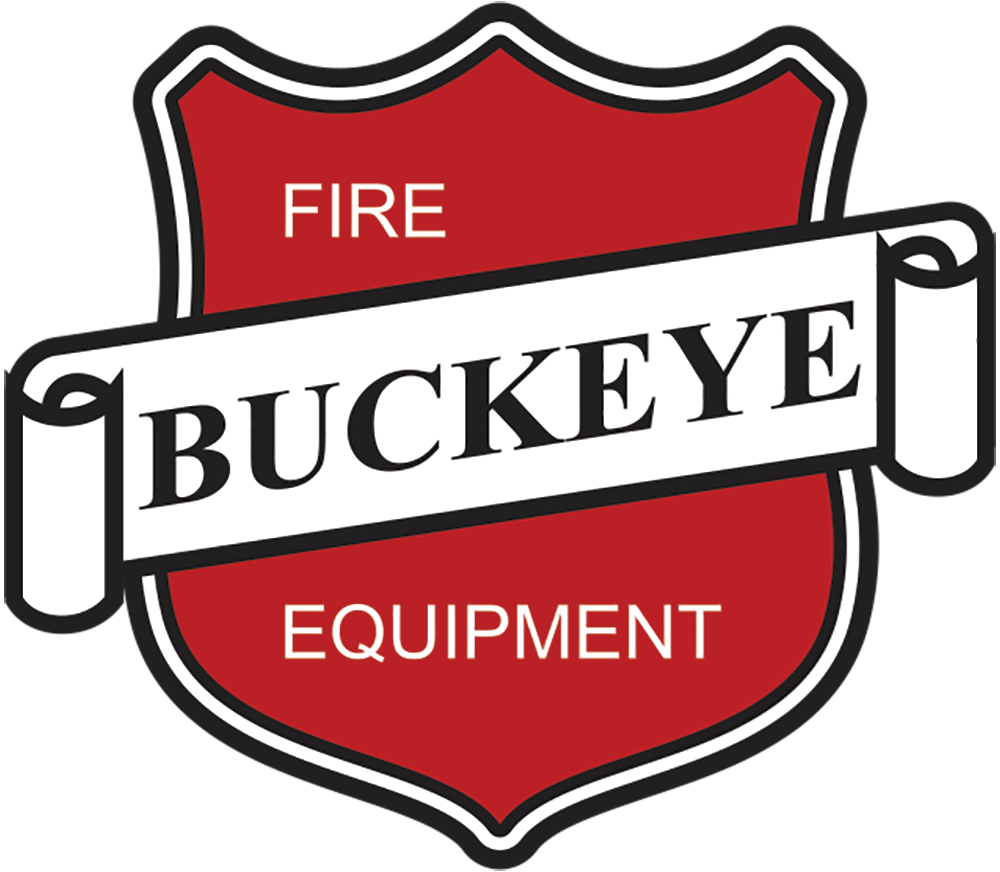When a fire breaks out, first responders often rely on fire hydrants to extinguish a blaze. Although these fixtures are essential for saving lives and minimizing property damage, the winter season can present challenges when firefighters need to use them. If you have a hydrant at your facility or business, take the time to learn about the impact of extreme winter cold on hydrants and how you can help ensure your fixtures stay functional in frigid conditions.
How Winter Cold Affects Hydrants
When winter arrives, it can introduce environmental changes that create challenges for proper hydrant operation. Read on to gain a better understanding of the risks associated with cold weather so you can better identify problems with your hydrants.
The Hydrant’s Water May Freeze
One way that the coldest season may affect your hydrant is by freezing the water inside it. This problem often arises when residual water remains in the hydrant after use and freezes, expanding within its components. This can cause internal damage, ultimately rendering the hydrant inoperable during an emergency.
Its External Components Are Vulnerable

External hydrant components are also vulnerable during winter months. Components such as outlet caps, discharge ports, and operating nuts can become encased in ice due to exposure to snow, freezing rain, and fluctuating temperatures. Firefighters can find it more difficult to operate the hydrant under these conditions. This can make accessing and operating the hydrant extremely challenging during emergencies.
Snow May Block Hydrants
When winter snow falls and accumulates around hydrants, they become less accessible to first responders. Additionally, a hydrant buried under hardened ice or packed snow isn’t readily visible, which delays firefighting efforts. This makes it critical for business owners or facility managers to ensure that firefighters have clear views of these fixtures and unobstructed access to them.
Tips for Avoiding Issues With Your Hydrants

After learning about the impact of extreme winter cold on hydrants, we can examine ways to help prevent these issues from occurring. You should even observe some of these strategies during the installation stage. By following these tips, you can mitigate freezing and maintain accessibility, ensuring uninterrupted service in the event of an emergency.
Have It Installed Under the Frost Line
One important point to remember is that you should have a hydrant installed beneath the frost line. Placing the hydrant’s key components below this level prevents water within the pipes from freezing.
This will help prevent pipes from bursting, reduce the rate of service disruptions, and lower the need for costly repairs. Additionally, properly installed hydrants below the frost line maintain consistent water flow during emergencies, reinforcing safety and reliability.
Ensure It Has a Drain Valve
Ensure your fire hydrant has a properly functioning drain valve. This allows water to exit the hydrant’s barrel after use, preventing it from pooling and freezing in the pipe. Without this capability, trapped water can expand as it freezes, potentially causing severe damage to the hydrant and surrounding infrastructure.
Selecting a hydrant with a reliable draining mechanism ensures optimal performance, minimizes maintenance needs, and protects your system against cold-weather issues. Additionally, always verify that the drain valve complies with local standards.
Inspect Your Hydrant
Performing routine inspections can also help you prevent issues with your hydrant during the winter. Look for external signs of wear, such as rust or cracks. Taking immediate action on these will help prevent problems from worsening during colder conditions.
Have It Tested
You can’t simply assume that your hydrant will be reliable during winter weather. This makes it essential to have this fixture periodically tested. Workplace hydrant tests simulate real-world conditions and measure how the fixture performs under stress.
When you verify the pressure, flow rate, and functionality of your hydrant, you will feel less doubt about its abilities. Testing processes can also identify drainage inefficiencies that are critical during the winter months.
Clear Away Snow
Remove snow around your hydrant to eliminate any accessibility challenges during the winter. By ensuring your hydrants remain accessible and visible to emergency responders, they will have a better chance of extinguishing fires more quickly and reducing rescue timelines.
When removing snow, make sure your clearing efforts extend several feet around the hydrant base. This measure leaves sufficient space for hoses and emergency tools, allowing firefighters to avoid minor obstructions that could impede crucial response activities.
Additionally, take caution and avoid using salt when clearing snow from fire hydrants. This approach will help you protect its metal components from corrosion.
Lubricate Its Moving Components
Lubrication can help maintain your hydrant’s functionality, particularly during winter. Cold weather can cause unlubricated parts to become stiff or seize, making it difficult to operate the hydrant in emergencies.
Components such as the stem, operating nut, and bonnet require thorough lubrication with high-quality, temperature-resistant grease to ensure smooth movement under freezing conditions. Regular lubrication reduces wear caused by friction.
Before applying the lubricant, inspect the moving parts for signs of corrosion, rust, or debris buildup, and clean them as needed to ensure proper adhesion. Following these steps helps the hydrant remain reliable for use throughout the winter months.
Insulate Your Fire Hydrant
One last step you can take to safeguard your hydrant from freezing temperatures is to add insulation to its exterior. Just as you would put on a coat to protect yourself from cold weather, certain products can help hydrants maintain their functionality even during prolonged cold spells.
Insulation sleeves, wraps, or thermal coatings serve as barriers, protecting the components from harsh conditions. Take time to consult with industry experts to ensure you use the right materials to keep your hydrant reliable.
Now that you know how winter can take its toll on your hydrant, you can do a better job of protecting it while using the tips listed above. Don’t hesitate to use these tips when having a hydrant installed or maintaining it. The welfare of your employees and your livelihood may just depend on it.
If you need fire hydrant replacement or repair services, contact Hedrick Fire Protection today. We can help increase your confidence in your hydrants by making them ready to protect your people and property during cold weather.



